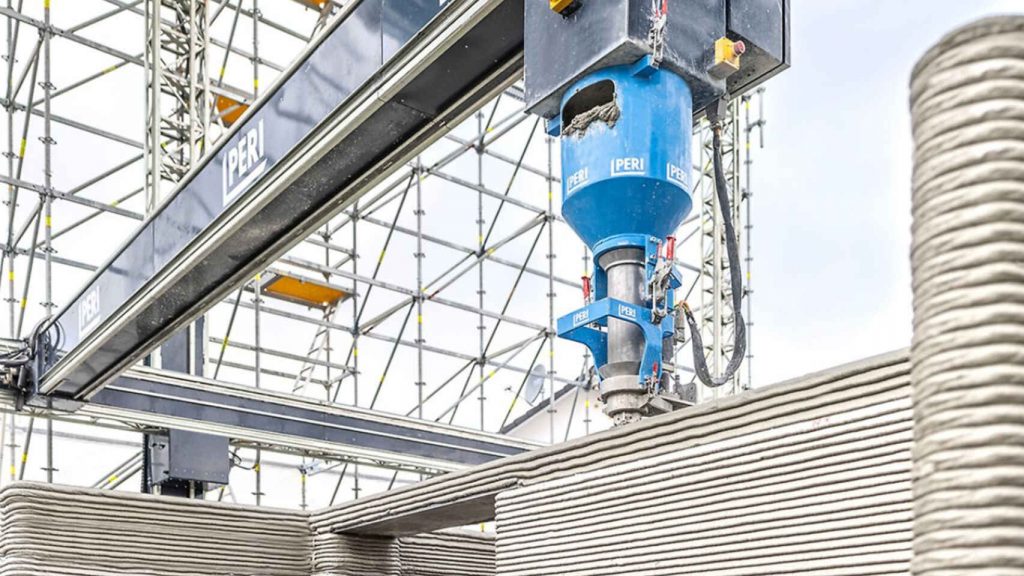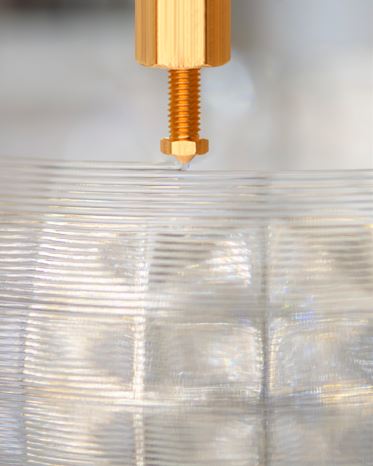Recently, the first social project involving sustainable construction concluded in Ireland: houses built with a 3D printer. They were built under the ISO/ASTM 52939:2023 standard and represent a major advance towards sustainability.
This project was led by the company Harcourt Technologies Ltd (HTL.tech), and they used the COBOD BOD2 3D construction printer. It involves three houses located in Grange Close-
Houses built with a 3D printer: what are they like
The units are attached with a total surface area of 330 square meters, distributed in apartments of 110 square meters each.
 Construction with 3D printers.
Construction with 3D printers.
The entire construction was completed in just 132 days, compared to the approximately 203 days it takes for traditional construction. This represents a 35% reduction in total execution time.
Out of this savings, approximately half was achieved thanks to the speed of 3D printing the walls.
The load-bearing double cavity walls, with a thickness of 10 cm each and a cavity of 150 mm, were designed according to the Eurocode 6 standard for unreinforced masonry. According to the company, they comply with the EN206 standard for concrete quality.
For the construction, 90 cubic meters of C30/37 concrete were used, with a compressive strength of 47 MPa, ensuring the durability and strength of the structure. This design eliminated the need for steel reinforcements, reducing costs and complexity.
3D Printing, the method advancing towards sustainability
Considering the preparation and disassembly times of the printer, the entire structural system was ready in 18 days, resulting in savings of almost a month compared to conventional methods.
The success of the Grange Close project opens the door to the implementation of more efficient and sustainable methodologies in other European Union countries where the same standard is applied.
HTL.tech plans to leverage the lessons learned in this development to lead new social housing projects. This directly contributes to creating more affordable housing solutions that are environmentally friendly.
 3D printing against climate change.
3D printing against climate change.
3D Printing: the positive impact on the environment
The transition to a circular economy has become crucial in the fight against the effects of climate change and the global increase in waste. In this regard, 3D printing emerges as a revolutionary tool.
According to the United Nations Industrial Development Organization, applying circularity principles in sectors like construction through 3D printing could significantly reduce material and energy consumption.
Furthermore, this technology allows reusing and recycling valuable materials, contributing to avoiding a third of plastic waste by 2040.
Have you checked out our YouTube channel yet? Subscribe!

